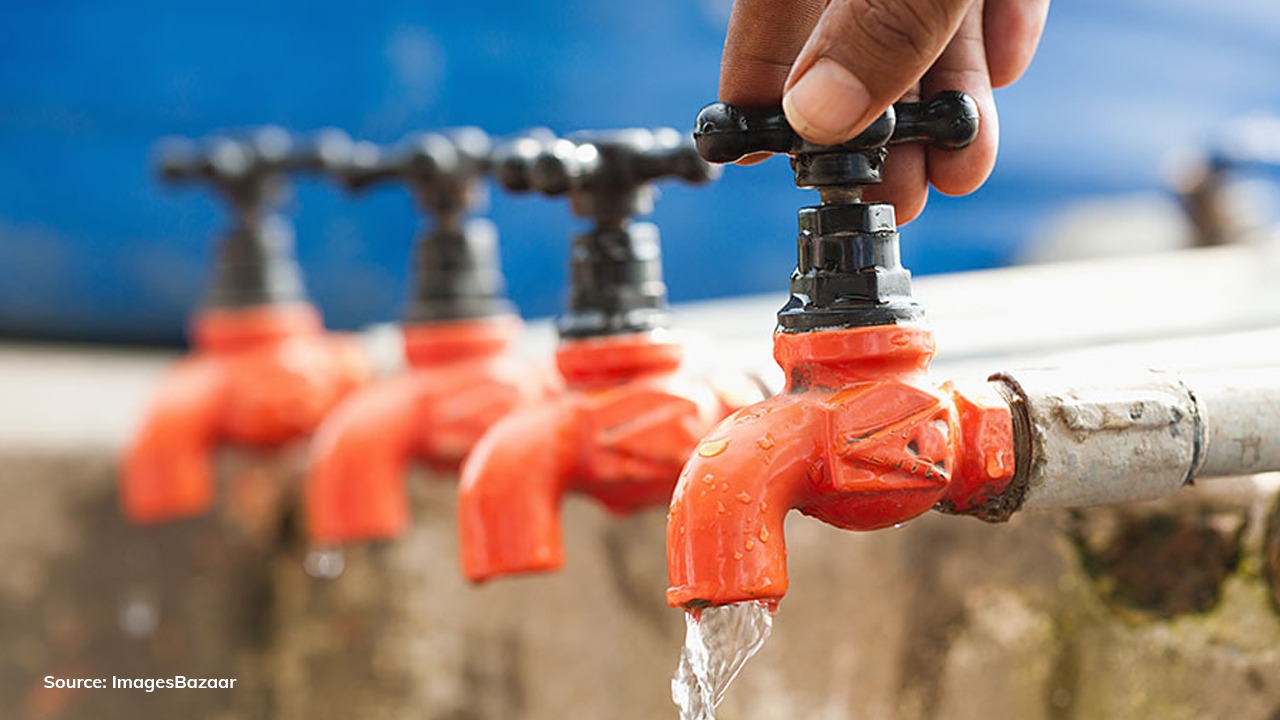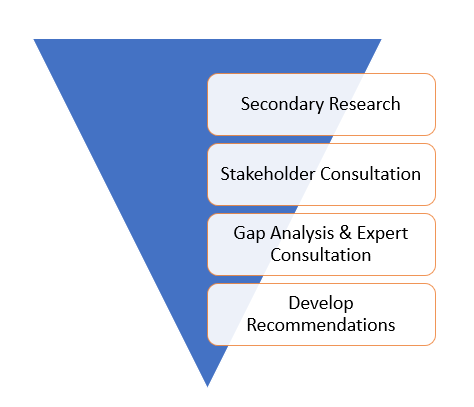GET IN TOUCH
- Please wait...

WASA (Water Supply and Sewerage Authorities) is the primary source of water supply in the major cities of Bangladesh, including Dhaka, Chittagong, Khulna, and Rajshahi. Most other cities rely on municipalities to supply water in their towns as per the Pourashava/Municipality Act 2009, which states that the “pourashava/municipality is responsible to ensure water and sanitation services for the respective community people”. However, out of 336 municipalities, only 155 have partial piped water supply coverage and the rest have no piped water supply. This discrepancy arises from the absence of a regulatory framework or approved guidelines, along with the lack of non-progressive water tariffs set by WASA and the municipalities.
While several municipalities received the support of donors and development partners to conduct funded projects, the projects themselves were designed based on donor requirements and their sustainability were subjective to the project design. Although some municipalities and city corporations succeed in ensuring piped water systems, the majority lack the required structure and capacity for water provision.
WaterAid Bangladesh funded LightCastle Partners to conduct the study titled, “Water Utilities in Selected Urban Municipalities and Major Cities in Bangladesh”, to shed light on and map the current good practices across different municipalities in Bangladesh that are providing water and sanitation services to the citizens. This study also assessed the capacity of these municipalities to ensure water supply services, service modality, and tariff system including challenges to ensure services. Moreover, gaps in service provision within different municipalities were analyzed and compared to provide recommendations to better support the poor and marginalized communities.
LightCastle adopted a top-down 4 step decision model to conduct this study which utilized secondary research, stakeholder consultation, gap analysis, and expert consultation, in order to develop recommendations.

Fig 1: Decision Model
Using secondary research and stakeholder consultation along with 150 in-depth interviews, Key Informant Interviews (KIIs), and cluster surveys, the team mapped the existing water service delivery landscape of Bangladesh by reaching out to 8 urban municipalities, namely- Mirasharai, Faridpur, Kushtia, Paikgacha, Chapai Nawabganj, Sunamganj, Nilphamari, and Chandpur. These municipalities were shortlisted with the help of the Department of Public Health Engineering (DPHE) and the WaterAid Bangladesh team. Its findings were validated with established water sector development agencies along with 120 end-user respondents residing in the aforementioned municipalities.
Furthermore, upon collection of data to understand the existing water service delivery of the intervened urban municipalities, LightCastle conducted a robust gap analysis in order to assess the quality of service provided against the developed indicators. Finally, recommendations for the existing bottlenecks identified during the gap analysis were developed using the FIETS (Financial, Institutional, Environmental, Technological, and Social) model.
Most urban municipalities in Bangladesh are still struggling to achieve a sustainable water service model which is inclusive of both the people and the environment. While municipalities like Chandpur Paurashava have led towards exemplary sustenance, however, major interventions are still required in the delivery process to ensure safe and improved access to water among the population. The study helped map the major bottlenecks and best practices across major urban Paurashavas in the country, and this, in turn, will allow WaterAid Bangladesh to develop key intervention strategies in order to streamline and improve the efficiency of water service across the nation.
Our experts can help you solve your unique challenges